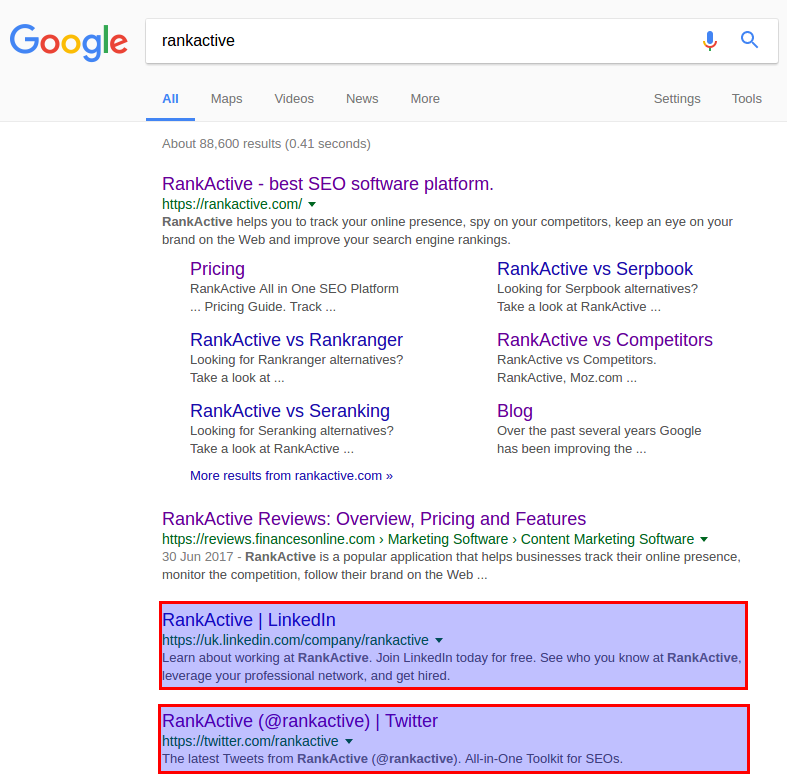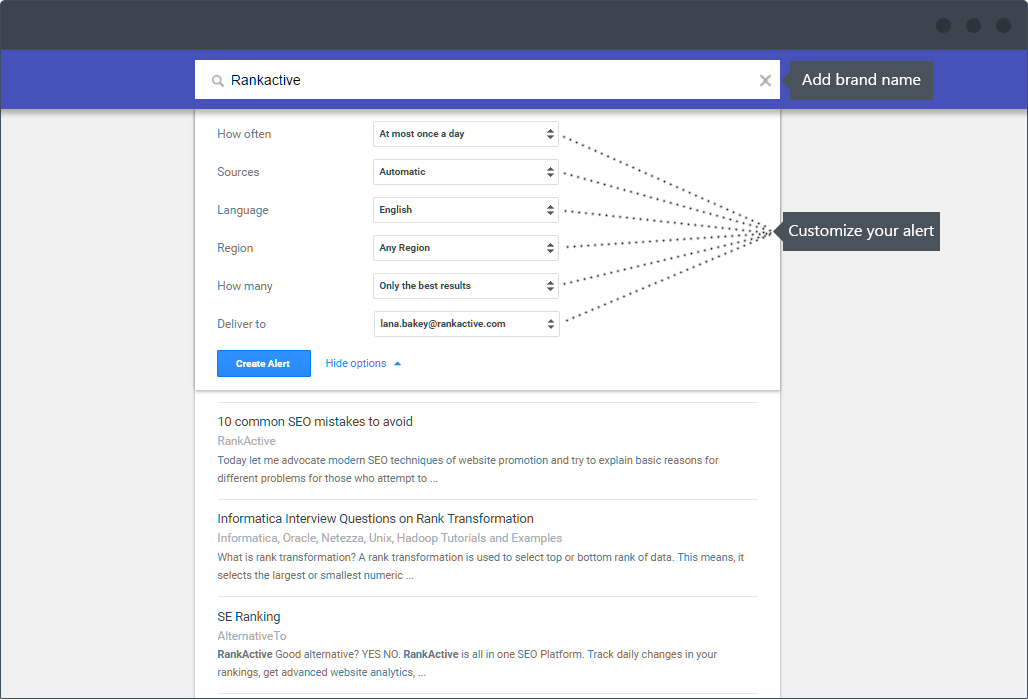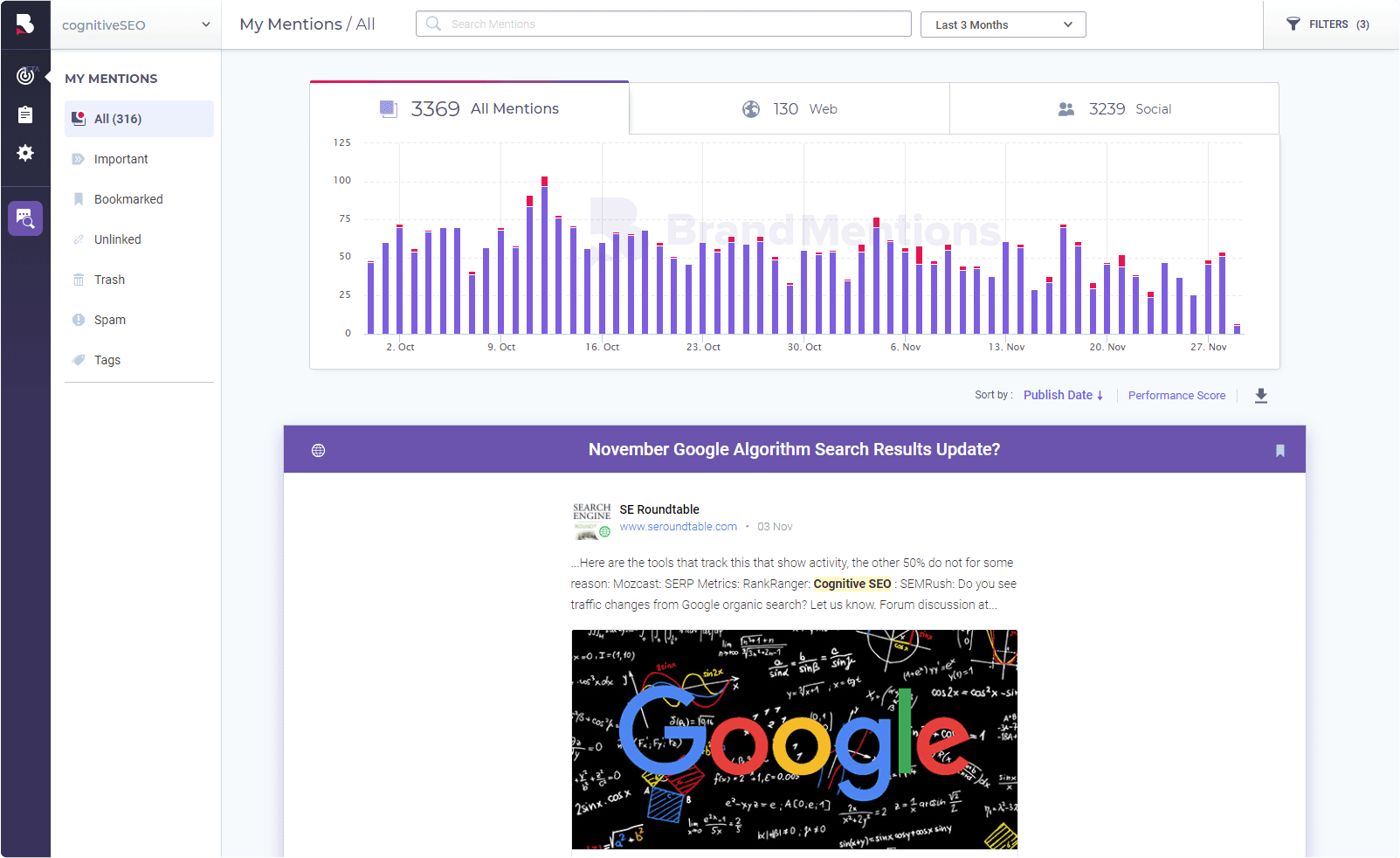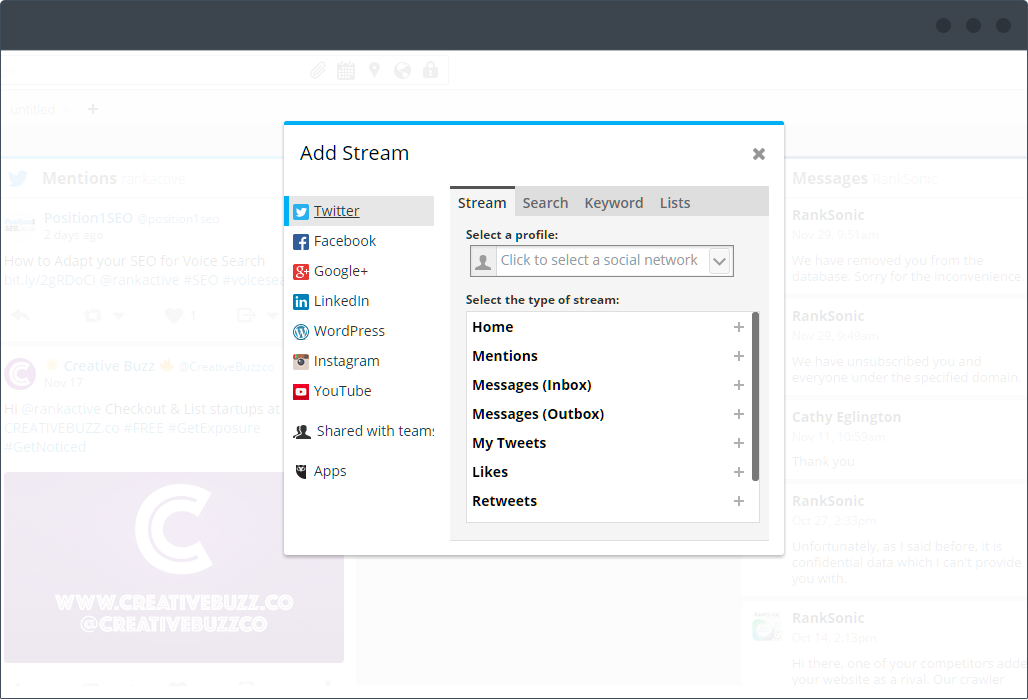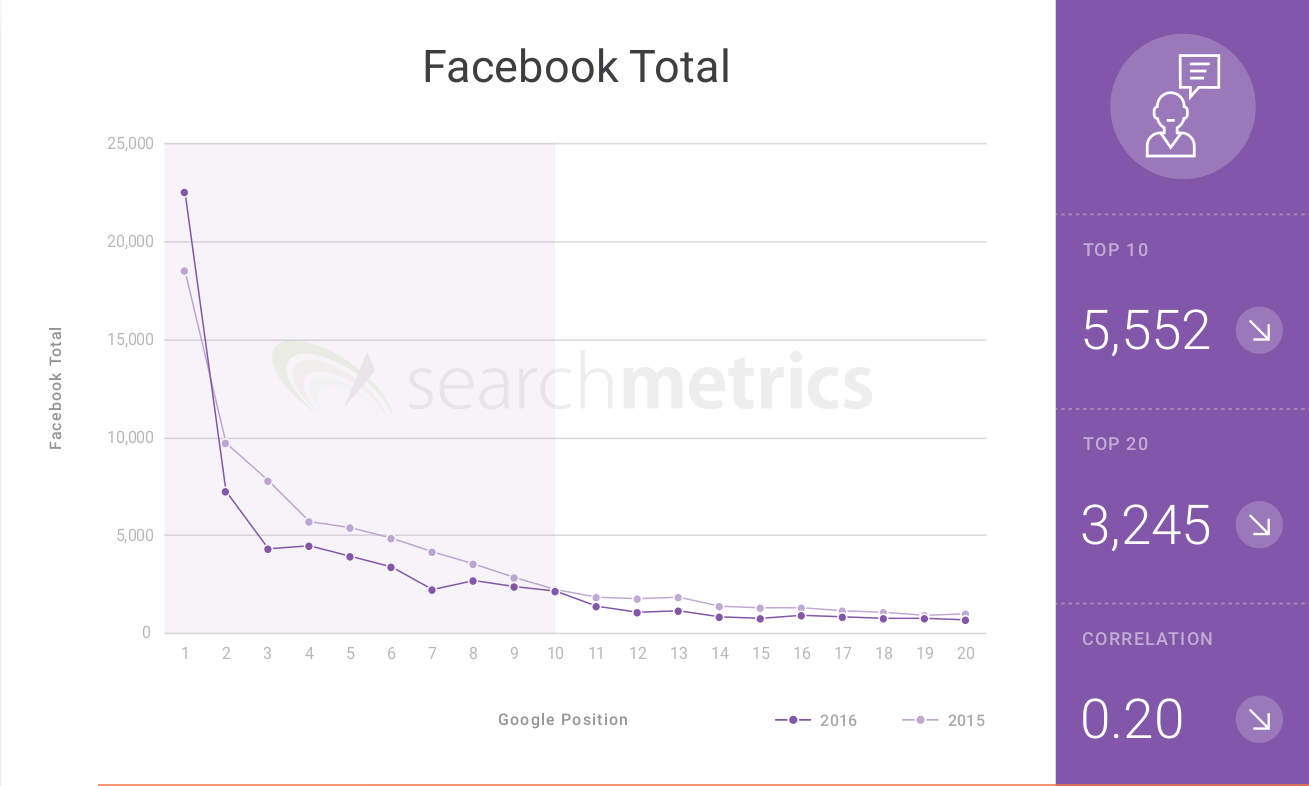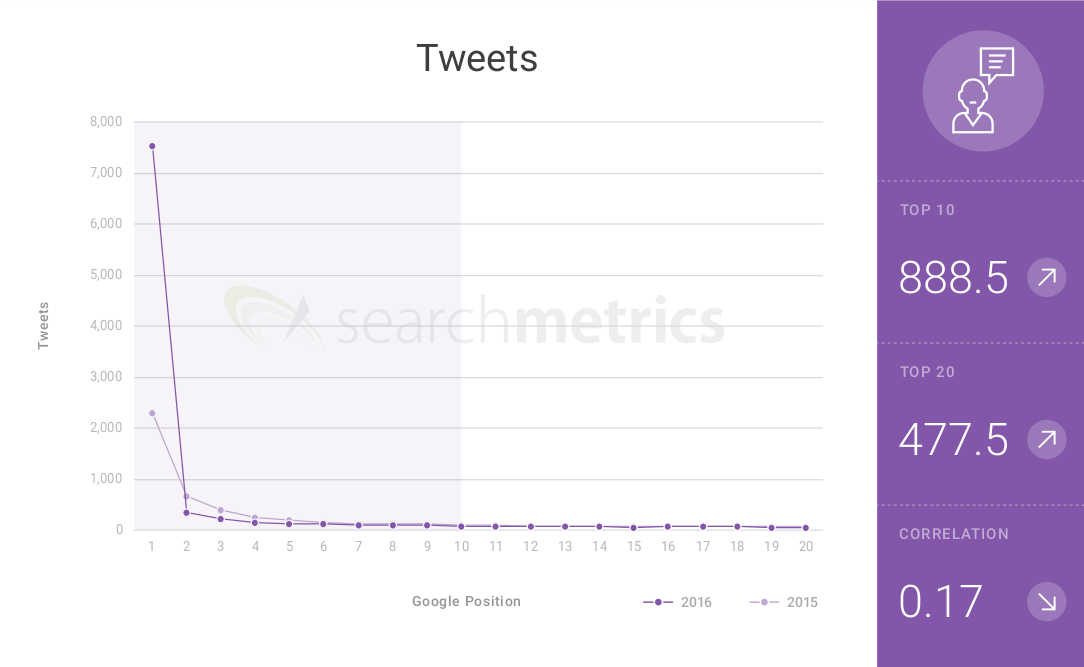Social Networks: How to Use Them to Improve SEO
5 September 2017 Leave a comment ALL-HANDS SEO
Do you use social media to improve your SEO game plan? If not, we highly recommend you to include this powerful approach into your short-term strategy. In fact, in today’s extremely socialized world Facebook and Twitter are just as vital for businesses as Google and Bing. Moreover, nowadays social media marketing and search engine optimization are often considered as a single whole.

At the same time, social signals don’t have any direct impact on rankings of websites in SERP. Matt Cutts, former head of the web spam team at Google, explains this as the attempt to avoid the ever-changing character of social media profiles. Nonetheless, it is this aspect of the social networks which makes them important for any search engine optimization strategy. The evolving nature of Facebook, Twitter and other networks helps to spread the word about the product or service in just a few minutes.
Wonder how to successfully introduce social medias and make them work for the development of your SEO? Continue reading and discover all the possibilities effective social media marketing can bring to your business.
1More referral traffic
Backlinks are among the primary signals Google looks for to rank websites. Unfortunately, links from social networks are often no-follow. Here you may argue that it’s possible to make do-follow links on Google+, this issue we’ll discuss in the following paragraphs. In any case, however, that doesn’t mean you should stop promoting your project on social media. In contrast, posting great content on social networks is a perfect way to drive more referral traffic to a website.
Posting great content on social networks is a perfect way to drive more traffic to a website.
By driving traffic from social pages to your site, you can increase the organic search rankings. And this, in turn, will lead to the growth of your positions in SERP.
2Advanced visibility
If you put the name of some business in your search query, it’s social profile is very likely to appear alongside its website.
Ranking for social profiles on the top of SERP helps to overwhelm rivals in terms of visibility. Another benefit comes from the recognition of your brand: usage of social networks will help you to reach out to the millions of their users. For instance, a frequent user of Twitter could hear about your business only after seeing your brand name multiple times on various social media.
3More backlinks
Networks are handy because they are capable of driving a lot more external links to your website. And external links, in turn, will give you more authority in Google’s eyes. Nevertheless, the quality of the content that you wish people would link to plays a key role here. Users are very unlikely to share something unuseful or unoriginal.
Yes, Google is not considering social links as a ranking signal. On the other hand, though, networks can and should be used as the another channel for “broadcasting” your content. Use hashtags for your initial rounds of syndication, bring your content into discussions. It will not only improve your authority and reputation but also maximize the number of your link sources.
Click here to learn more about link building strategies >>
4Better loyalty
In simple terms, real brand loyalty is when customers use a particular product on a regular basis, despite rival’s attempt to earn their business.
[Tweet “Loyalty is when clients use your product regularly, despite rival’s attempt to earn your business.”]
Loyalty can be even more important than the number of subscribers. This is why:
- Loyalty helps to win the competition and retain customers.
- Loyal clients interact with content and, what’s even more vital, leave comments, creating meaningful conversations below your posts. These enthusiastic customers are not only attracting attention to your project but also engage more potential clients. In the framework of social media marketing, engagement matters even more than the actual number of subscribers.
- Loyal followers are likely to advocate your project on the web. A great social media campaign is capable of turning loyal customers into the advocates of your brand. They will spread the good word about your project, what may result in the growth of sales.
When talking about loyalty and social networks, we couldn’t fail to mention the survey by The Social Habit. According to it, 53% of Americans older than 12 are more loyal to brands they follow on social media.
5Higher conversion rates
The main reason for enhanced conversion rates on social media is that your posts on social networks are providing more opportunities to convert. All blog posts, pictures, infographics or videos you post are a chance to reach out to your potential customer. And every reaction, in turn, may lead to a site visit and, thus, to a conversion.
In addition to that, networks are more “humanized” in comparison with websites. By interacting with your users on social media, you can get on the same page with them and build up a better understanding of their needs and interests.
6User insights
Your followers are writing posts and participating in conversations related to your brand or industry. Use social media to monitor and participate in them. The good idea would be to segment your content by topics and check out which topic generates the most interest.
There are a lot of tools that may stand you in a good stead when monitoring mentions of your brand in social networks. Let’s go through the most popular ones.
- Google Alerts
Google Alerts can help you to monitor all mentions relevant to your project’s niche. First of all, it allows staying up-to-date with what people are saying about your brand on the web. Secondly, Google Alerts are incredibly helpful in terms of spying on your competitors: through setting up corresponding alerts, you’ll get to know about the developments your rivals had made along with all the gaps and mistakes they allowed.
Using Google Alerts is not a rocket science, though it may raise a few questions. Here is the couple of points you should answer before you set up Google Alerts:
- Who are your competitors?
- What are your customers searching for on the Internet?
Here is our step-by-step manual:
- Enter a topic you want to follow on Google Alerts
- Adjust settings. Set up the frequency of alerts along with their sources, language, and region. You can also indicate the preferable amount of results and link up an email address
- Click the “Create Alert” button
- Get notifications every time the matching result is found
- Social Mention
The main benefit that Social Mention has over Google Alerts is that it provides the real-time online monitoring of all brand mentions on the web. This tool crawls through all sources on the Internet, including social media, blogs, images, and videos. On the other hand, though, Social Mentions don’t support alerts, so it requires a lot of manual work.
- Hootsuite
We all know HootSuite as a popular social network, which allows to put posts on the timeline and then publish them accordingly. At the same time, it can also provide you with another powerful tool: add stream. After setting up a profile, click the “streams” button. You’ll be given an opportunity to add social networks and track your mentions there. With HootSuite you’ll be able to monitor several social media:
→ Twitter. Mentions, inbox and outbox messages, likes, retweets.
→ Facebook. Mentions, messages.
→ LinkedIn. Discussions, updates.
→ Instagram. Customers, followers, competitors, industry terms, and photos tagged to locations.
→ YouTube. Comments.
The main weakness of HootSuite is that it is a live tool. You won’t be able to create alerts and receive results on your email.
Now, when we’ve learned about the ways social media can improve the SEO strategy and went through the most-popular tools for tracking mentions on the web, it’s right the time to talk about the peculiarities of different networks and try to define which of them may bring you the biggest piece of a pie.
According to the research by Searchmetrics, the correlation between social signals on Facebook and ranking position of a relevant website is significantly high. This network also has the highest level of user interactions. Pages ranked in the SERP’s TOP 10 have an average of 5,552 signals on Facebook.
[Tweet “Pages ranked in the SERP’s TOP 10 have an average of 5,552 signals on Facebook.”]
Here is more handy data on this topic:
- Facebook has 1.33 billion daily active users (Statista, 2017)
- 74% of people say they use Facebook as a professional network (HubSpot, 2017)
- Facebook posts with imagery create up to 2 times more engagement compared to those without images (Buzzsumo, 2015)
Quick Tips:
- Choose a no-brainer name for your Facebook page. Don’t stuff your Facebook page with keywords, make it straightforward and human. By picking up a spammy name, you discourage potential clients from engaging with your brand.
- Customize URL. After your page receives 25 likes, Facebook allows you to create a custom URL. Since URLs are very important for search engines, it’s crucial that your address resonates with your business sphere.
- Include keywords. It would be a good idea to place a few keywords in the About, Mission and Company Description sections.
- Add your phone number and address. The more information you provide on your project’s page, the better is Google’s attitude towards your project. Indexation for local search is vital to growing your brand page.
Researches of Searchmetrics have found that websites ranked in the TOP10 received more than 888 social signals from Twitter. At the same time, the correlation between the position in SERP and signals for the TOP1 and the TOP2 is significantly different: almost 8000 and less than 500 social signals for the first and the second positions respectively.
More facts:
- Twitter has more than 328 million monthly active users (Statista 2017)
- 72% of followers are more likely to make a future purchase (Marketprobe International, 2013)
- 47% of people who follow brands are more likely to visit a company’s website (Compete, 2012)
Quick tips:
- Use clear language. Be as clear as possible, remember that the goal is to catch user’s attention.
- Be short. Don’t forget that you have only 140 characters to play with.
- Use images. It is known that posts with attached images get higher clickthrough rates.
- Use your targeted keywords. But don’t overuse them, all keywords and phrases should be placed wisely and naturally.
Google+
Correlation between social signals on Google+ and ranking in SERP has long been a topic of enhanced debates and discussions. The main misconception is the possibility to attach do-follow links in Google+ posts. Nonetheless, Google has made it crystal clear that pages on social networks are seen as any other pages on the Internet. Even though pages on Google+ are crawled by Google (since it’s been established under their brand name) and may show up in search results, it is unlikely that Google considers the quantity of signal from this network as a ranking factor.
On the other hand, websites holding the #1 position in SERP have an incredibly high number of signals. According to the study by Searchmetrics, such sites received almost 40,000 social signals from Google+ users, whilst an average number of signals for the TOP 10 sites is 4,026.
More facts:
- By setting up a Gmail address, users create a Google+ account automatically, which is why Google+ has over 2.2 billion users (Social Media, 2017)
- 74% of Google+ users are male (Social Media, 2017)
- 49% of digital marketers use Google+ (Social Media Examiner, 2016)
Quick tips:
- Use images. Just like users of any other social media, visitors of Google+ love pictures. Moreover, Google+ tries to include a picture for every URL that you share. Want to impress your followers with top-notch posts? – Upload your own images!
- Target the right audience. Instead of making your posts public, try to add your circles and individuals to your share settings. It will trigger notifications for users that you’ve decided to include.
- Make your posts interactive. With Google+, you can not only customize posts in your own, unique way, but also add different calls to action.
Conclusion
As Nick Chernets, CEO and founder of RankActive stated in his interview for Elite SEM: “building a successful social media strategy is a lot of work.“ Nevertheless, it can be incredibly powerful.
Being found on social media today means getting ahead with SEO tomorrow. Although it may not have a direct impact on your rankings in SERP, it’s crucial to use every channel to spread a word about the quality of your products and services. And social networks are probably the best way to go hand in hand with your current and potential customers.
Embed This Image On Your Site (copy code below):
Tags: Social Media, Social Networks
Like this article? There’s more where that came from.
- 5 Questions to Ask Yourself Before Paying for Rank Tracking Software
- 5 Serious Mistakes Beginner SEOs Make and How to Fix Them
- Why We Use Google’s New Link Attributes and You Should Too
- Title and Description in 2021: Why Google Rewrites SEOs’ Meta Tags
- What We Should Learn From Google’s “About This Result” Feature

